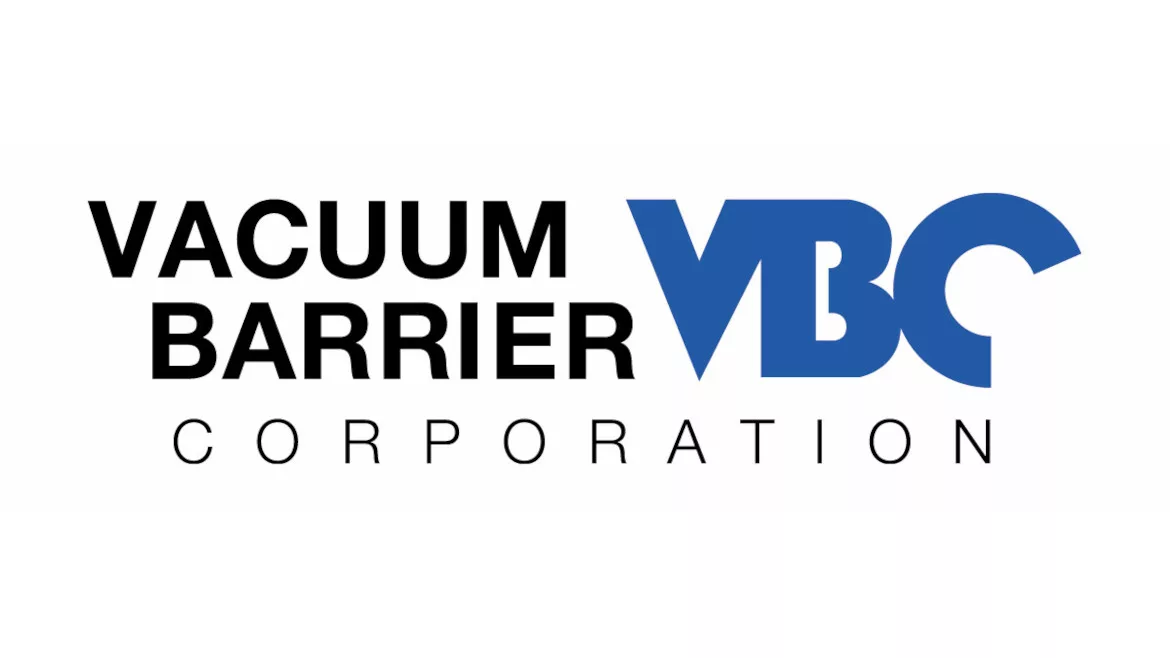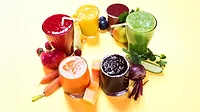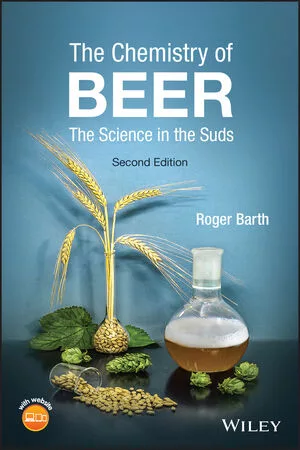Still beverage demand prompts interest in liquid nitrogen dosing
Vacuum Barrier Corp. sees opportunities with aseptic dosing

(Logo courtesy of Vacuum Barrier Corp.)
In an elementary school classroom, one of the bigger daily tasks for teachers is to get students to sit still during lesson instructions. To help keep kids in their seats, more and more schools are allowing fidgets to preoccupy tiny fingers while students stay seated.
Although not as “fidgety,” beverage-makers are feeling the need to keep beverages “still” as the market shows consumers are gravitating to still beverages. In its October 2024 “Still Drinks Market” report, DataM Intelligence describes still drinks as ready-to-drink (RTD) fruit or non-fruit that has a juice level of less than 25% and typically do not have carbonation. According to the market research firm, the global still drinks market is forecast to grow at a compound annual growth rate of 6.5% from 2024-2031.
Given this growth projection, beverage-makers are turning to dosing technology, like liquid nitrogen, to support this need state.

In an exclusive interview with Beverage Industry, Greg Neville, sales manager of the Americas at Vacuum Barrier Corp. (VBC), shares what’s trends are driving this technology and what VBC is doing to support this growing market.
Beverage Industry (BI): What beverage market trends are prompting manufacturers to explore liquid nitrogen dosing?
Greg Neville (GN): In recent years, we have seen an uptick in consumer demand for non-carbonated, single-serve beverages. Unlike carbonated soft drinks (CSDs) which generate their own internal package pressure, still beverages necessitate a means of adding structural stability. Coupled with a “green” initiative among beverages suppliers to reduce material used in making beverage containers, the industry needs an environmentally friendly method to produce structurally sound still beverage packaging.
BI: What benefits can beverage-makers realize with liquid nitrogen dosing?
GN: Nitrogen is one of the earth’s most abundant elements, comprising about 78% by volume of our atmosphere. It is colorless, odorless, tasteless, and chemically inert. Its boiling point at atmospheric pressure is -320 degrees Fahrenheit and the volumetric change from liquid at the boiling point to gas at room temperature is about 700 to 1. If a small, metered drop of liquid nitrogen is dosed into the headspace of a beverage container and immediately sealed, we trap this small volume of LN2 in the container, thus pressurizing the package as the liquid warms and expands. This trapped expansion is what provides pressure inside the package allowing for pallet stacking and easy transportation of beverages without the need for additional container material.
BI: What differentiates Vacuum Barrier Corp.’s liquid nitrogen dosing systems from competitors?
GN: VBC pioneered the development of liquid nitrogen dosing in the 1980s. Decades of real-world experience and collaboration with beverage packers have allowed VBC to tackle this extremely nuanced design process. Merging VBC’s vast cryogenic knowledge with the beverage industry’s needs has allowed us to gear our product designs to what matters most: hygienic design, high-speed reliability, effective service, and custom-engineered solutions.
BI: What opportunities are there for the liquid nitrogen dosing market to reach new beverage categories?
GN: As the beverage industry continually evolves, VBC prides itself on identifying and implementing new technologies to meet this ever-changing market. Aseptic packaging has gained momentum recently both domestically and abroad. Although aseptic dosing has been around for a couple decades, the recent growth has become a focal point at VBC to be able to meet this expanding demand. Similarly, niche products in the beer, wine, and cannabis drink industries have seen exponential growth over the past few years.
Looking for a reprint of this article?
From high-res PDFs to custom plaques, order your copy today!







